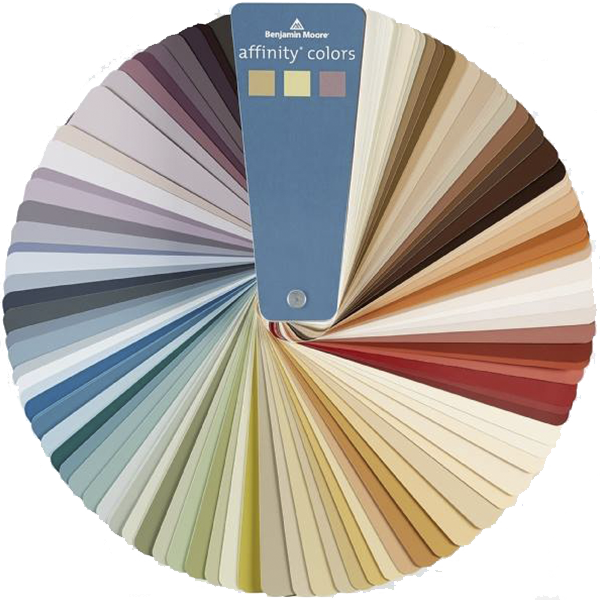Color manual: a guide to choosing colours
News

4 important steps when choosing colours in interior design
Colours can be a true inspiration in our lives if we can understand what role they play in us and in the objects that surround us.
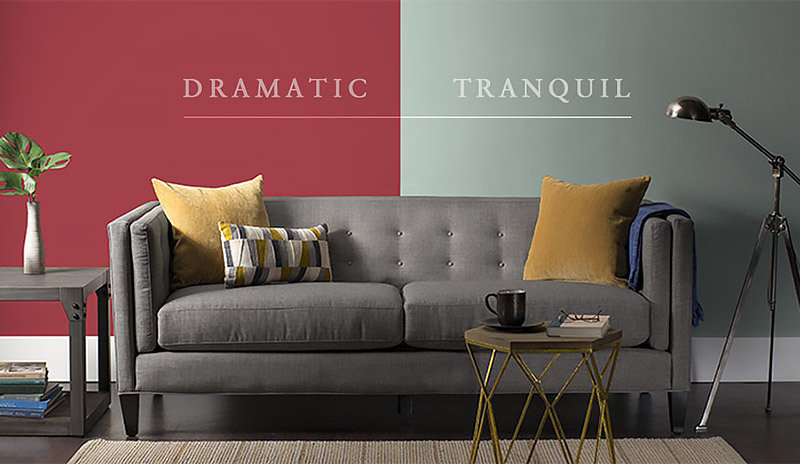
The first thing we must take into account is the space where we are going to apply the colour.
Consequently, the first stage will consist of «understanding space». And within this stage we are going to ask ourselves: what purpose do I will give to the space that I am going to paint? Let's imagine that we want to paint a space in which we usually spend time after long and tedious work days. Obviously, here we will be interested in everything around us transmitting that relaxing atmosphere that we want so much. Opting for a soft colour could be the perfect solution to achieve that atmosphere of tranquillity and peace.
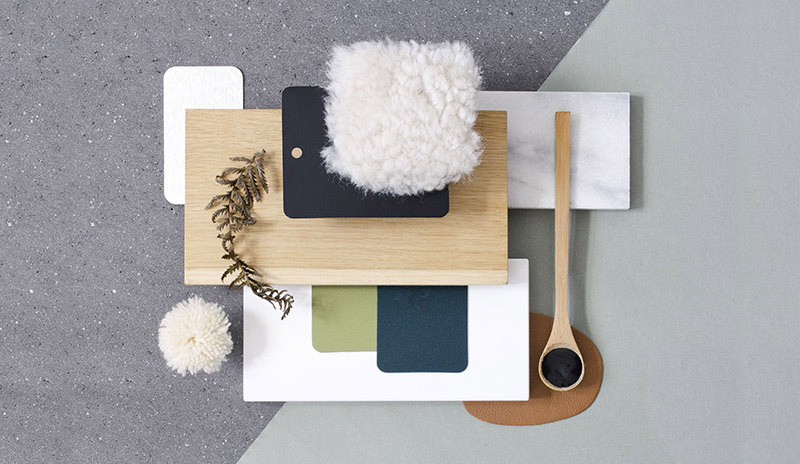
Another key moment in this stage will be to classify the materials. A dividing wall is not the same as a table; that is, we must carefully distinguish the fixed (structural) elements from the mobile (furniture). And paying attention, in addition, to the materials from which the objects that are part of the space have been made: granite, marble, exposed brick, etc. They will certainly influence when choosing the colour.
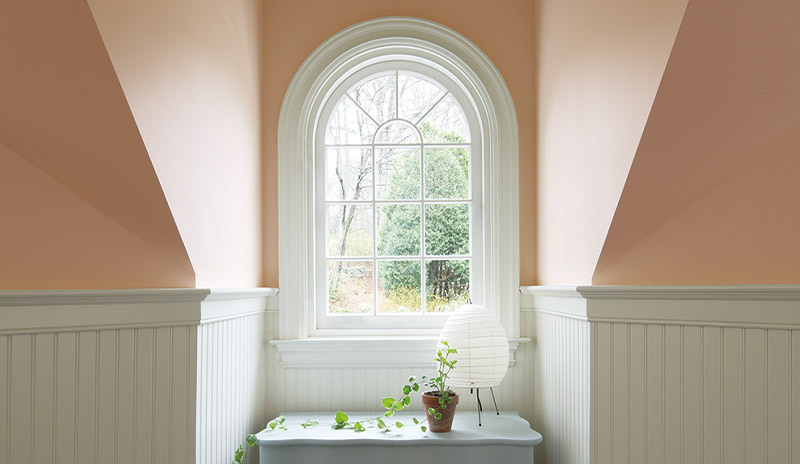
And the third element that we are going to study is the evaluation of the light. We know that light impacts the way we perceive colours, so it will be important before choosing the colour to ask ourselves:
- How much natural light enters the space to be painted?
- At what times will we use the room the most: throughout the day, or will we frequent it only in the morning and at night?
- Are we going to use artificial light?
- In which direction is the room facing? North, South, West or East?
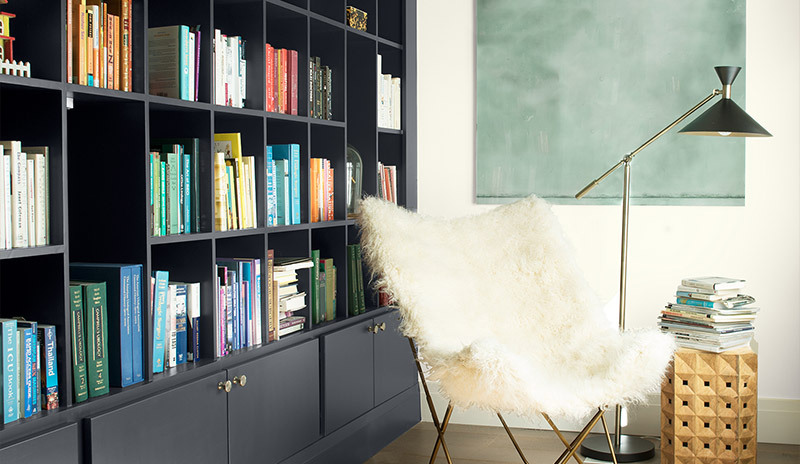
We also know that colours can influence our character, even more than we imagine. Goethe wrote “when coming into contact with a certain colour, it is synchronized with the human spirit, producing an absolute influence on our spirit”.
Indeed, the second stage will consist of determining the state of mind. Regarding this point, the first thing we will take into account is our personal style. This will help us not only to choose the colours, but to better understand how to apply them in space. Another important element at this time will be to choose an environment, theme or inspiration.
Thus, for example, if we are thinking of painting a room with a library, it will surely be preferable to use a colour that helps us concentrate and relax.
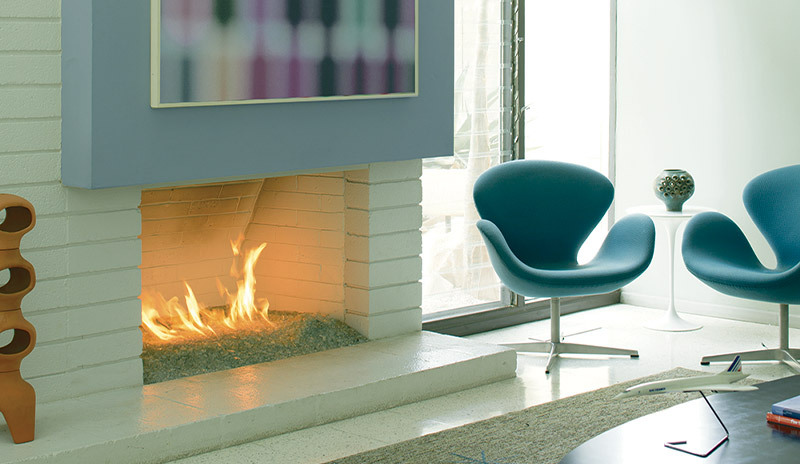
We could also decide to “underline” or “highlight” an architectural element in the room, such as the walls. Here we have to be brave and not be afraid to be original and follow our instincts! In case we choose to abandon the idea of a boring room and decide to highlight one wall from the rest, a bold colour on this wall - in combination with neutral tones in the rest - would be the most advisable solution.
We must remember that this motivation is closely related to the state of mind that we want to give to the space that we are going to paint.
Let's see an example in practice: if we have installed a fireplace on one of the walls of a room, highlighting this wall from the rest could be a very useful and effective idea to draw attention to this wall, as long as we know how to balance it with neutral tones in the rest of the walls of the room.
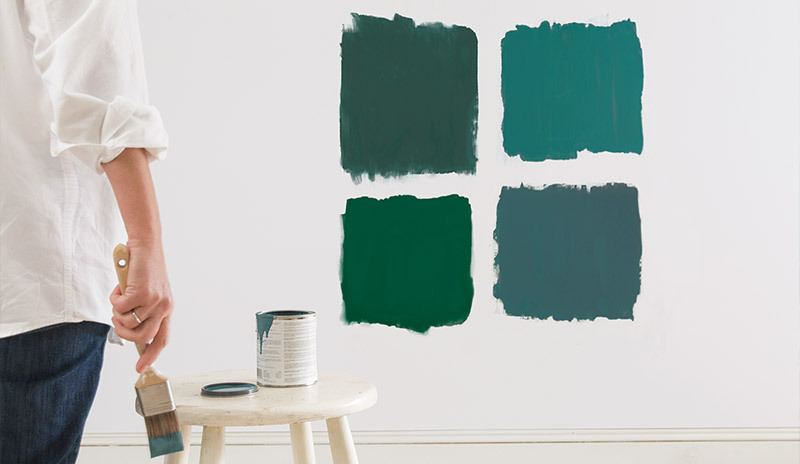
Once we know for sure what we are going to use the room for, and we have also decided to give it a certain mood, we will be in the third stage of the selection process: what colour or family of colours will we use? At this point, the first thing to do is select the colour or colours from the catalogues. Attention, here paper catalogues are preferable to electronic ones.
And when we have already found the colour that best suits our needs and we are sure that we like it, we will be at the key moment of this third stage: the colour test through the samples. At this time, we will have to acquire a test paint bottle and we can use a poster or table of a considerable size so that once the paint is applied, we will move around the room and observe in different places, at different times of the day and with different sources. of light, how it really looks and if we really like it.
Once we have selected the colour of the paint that we are going to use, the fourth stage begins: the acquisition of the paint.

Before buying the paint, we are going to make sure that we have bought the paint we wanted and not another, and, in addition, at this time it will be very important to carefully select the level of gloss to obtain the desired results.
The application of gloss over the space adds relief and lightness, not forgetting that glossy finishes stand out more on flat and clean surfaces, while paints with a smooth finish without gloss hide imperfections more. And it must also be remembered that a glossy finish has the ability to lighten a dark tone, enhancing the romanticism of candlelight or the rays of light that enter from the outside through the window.



